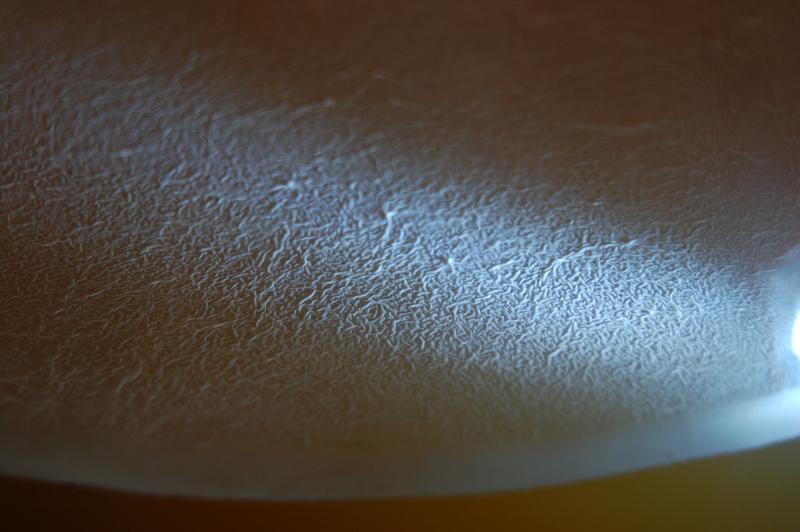As this is the first time making cider I need a little help.
My friend and I made a 20 liter batch of cider from fresh apples. Around 50-60 kilo in a press, a couple of hours hard work. We added it to a 25 liter demijan, and added potassium metabisulphite. We let it rest for a bit and a growth started on top. So I moved everything out, cleaned and sanitized the demijan added 150 ppm of potassium metabisulphite and after a day some more growth. Now I am thinking of pasteurizing it and trying again. Does anybody have any idea what it could be and any suggestions to help save all that hard work, and tasty cider, would be appreciated.
Thanks


My friend and I made a 20 liter batch of cider from fresh apples. Around 50-60 kilo in a press, a couple of hours hard work. We added it to a 25 liter demijan, and added potassium metabisulphite. We let it rest for a bit and a growth started on top. So I moved everything out, cleaned and sanitized the demijan added 150 ppm of potassium metabisulphite and after a day some more growth. Now I am thinking of pasteurizing it and trying again. Does anybody have any idea what it could be and any suggestions to help save all that hard work, and tasty cider, would be appreciated.
Thanks








